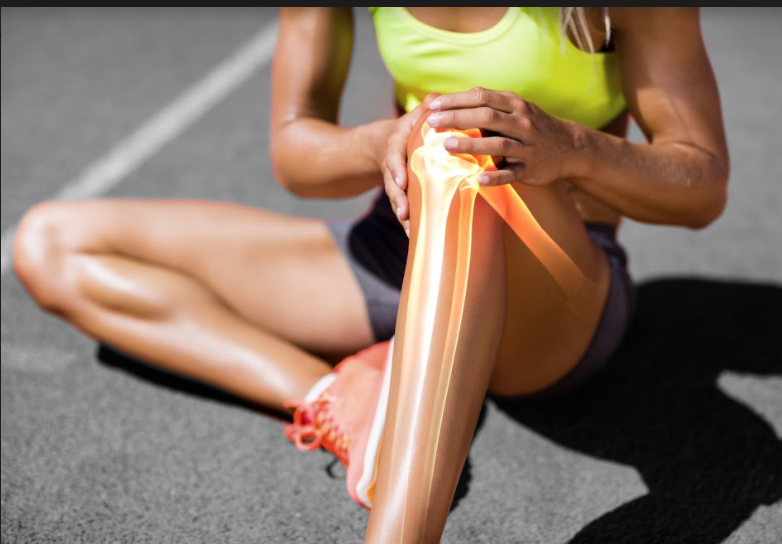
While athletes may be in good physical shape at all times, they still need to take some precautions to avoid potential health issues. Hence, whether you’re a runner, wrestler, swimmer, or basketball player, you’ll always become susceptible to having health problems when you use your whole body to compete in sports and other physical activities.
If you’re concerned about your health and fitness, below are the five concerns athletes like you should be cautious of:
Hyperthermia
This condition occurs when the athlete’s body temperature increases and remains above the normal, which is 37 degrees Celsius, caused by the body’s inability to thermoregulate. The most common type of hyperthermia is heatstroke, which refers to a condition caused by overheating, normally due to excessive physical exertion or prolonged exposure to high temperatures. This health issue usually happens when you perform a strenuous physical training under hot, humid conditions, you’re dehydrated, and unable to sweat
So, if your body temperature reaches 40 degrees Celsius or higher and experience agitation, vacillating emotions, and many more, then it may be a sign that you’re suffering from heatstroke. And, just like other health conditions, you need to spot the symptoms immediately to avoid further complications, including coma or death.
Venous Disease
Another health problem that athletes like you should be aware of is the venous disease, which is also known as chronic venous insufficiency. Similar to varicose veins, particularly the vulvar varicosities, which are common among female athletes who do extensive workouts, as well as pregnant women. A venous disease is a health condition that occurs when the veins are no longer able to bring blood efficiently from the back to the heart. As a result, the blood pools in the legs, hands, or feet, instead of being pushed back towards the chest.
Unlike other individuals, athletes are the common victims of this disease due to the high-intensity training or long periods of standing that they usually do in preparation for their competition. For example, if you’re a runner, the nutrients and oxygen needs of your legs rise, and this increased inflow of blood can affect the abnormal vein’s ability to drain it. This leads to tremendous blood pooling of blood in your legs, causing them to feel tired, heavy, and swollen.
To ensure you’ll not end up having this kind of disease, always take care of yourself and check out for the signs and symptoms as an effective precautionary measure. 
Common Athletic Injuries
Apart from medical conditions, athletes are also at risk of sustaining injuries, which can still be considered a significant health issue that they deal with regularly. So, if you’re an athlete yourself who do a lot of running, arm movements, and extensive workouts, below are the common athletic injuries that you should be cautious of to get fit and healthy:
Concussion – Typically, falls and collisions during athletic activities can cause a concussion. It’s a type of brain injury caused by a blow or jolt to the head, resulting in confusion, slurred speech, vomiting, and severe headaches. So, if you’ve experienced a concussion, be sure to receive immediate medical attention before returning athletics.
Ankle sprain – If you’re running or playing volleyball, soccer, or basketball, you’re at risk of getting ankle sprains. These injuries happen when there’s an excessive twist in your ankles, causing some swelling and bruising at the injury site.
Hamstring injuries – These are common to athletes who are into different sports. The hamstring muscles are found on the back side of the legs. Thus, if you do your stretching improperly or overextend your leg muscles, you may sustain a hamstring injury characterized by pain and discomfort on the injured area.
Groin injuries – The groin muscles are located in the upper inner thigh. When you perform improper stretching during running, overexertion or twisting during jumping or kicking, you may suffer from groin injuries. The symptoms can include pain, discomfort, or swelling, depending on the severity of the injuries.
Sports Hematuria
Athletes who perform longer and more intense sports, weight-bearing activities, and exercises, and are easily dehydrated are at risk of developing sports hematuria. It’s a health condition characterized by having blood in the urine. Depending on the severity of the problem, dealing with sports hematuria can be relatively harmless or harmful to the body.
For example, if the urine is clear of blood after more or less 72 hours, then there’s nothing to worry about. But, if there’s still blood in the urine ever after 72 hours, it can be a sign that you have to get yourself checked and treated to avoid more serious health complications.
Also, aside from the presence of blood in the urine, sports hematuria doesn’t usually come with other symptoms. However, sometimes, this condition may cause pain and discomfort above the front part of your hip. Hence, if you notice these symptoms, call the doctor right away to get proper treatment and medication.
Hyponatremia
Another health issue common in athletes is hyponatremia. It’s a condition or disorder that occurs when the blood has abnormally low concentration of sodium. Sodium refers to an electrolyte responsible for regulating the amount of water inside and around the cells. Typically, having hyponatremia can be very dangerous as it prompts a rapid swelling of the brain that can lead to seizures, coma, or death.
If you’re an athlete, you’re more likely at risk of developing this medical condition if you get dehydrated while doing prolonged exercise or drink more fluid than you lose in sweat. To prevent hyponatremia from affecting your athletic life, get to know the symptoms, including nausea, vomiting, headache, and many others so you’ll know what steps to be taken from the beginning.
The Bottom Line
Being an athlete is never easy. Apart from keeping your body in good shape, you also need to take care of yourself to ensure you’re fit and healthy when competing in your sport. But, due to the nature of your activity, you may have to deal with the health concerns mentioned above. Therefore, if you don’t want to suffer from any of these conditions, keep this article in mind and you’ll know how to prevent or treat them in the future.